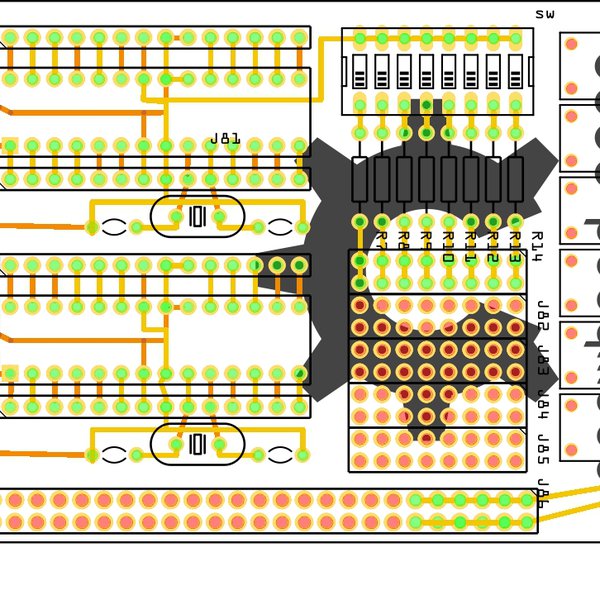

Normally Closed (NC)Īs the name indicates it is normally closed terminal, ie. We can say that the switch is OFF by default and when the relay is energized it will become ON. if the relay is not energized (not ON), this pin will be open. Normally Open (NO)Īs the name indicates this is normally open terminal, ie. This terminal will be connected to either of other 2 terminals (NO or NC) based on the state of relay. Usually SPDT (Singe Pole Double Throw) relays have 3 output terminals, these are the 3 terminals of internal SPDT electromagnetic switch.
Arduino relay board tutorial driver#
This small voltage will be given to the relay by Arduino Uno or using some intermediate driver if required. So, a low voltage is enough for an electromagnet to get activated. The principle behind the relay is electromagnetism, a switch operated by an electromagnet. 5V VCC : Operating voltage for the relay.Signal : Actuation signal to control the relay.And there won’t be electrical contact when the relay is energised. NC : Normally Closed – This is the normally closed terminal of the relay, means it will have electrical contact with common terminal whenever the relay is not energised.But it will establish electrical contact with Common terminal once the relay is energized. NO : Normally Open – This is the normally open terminal of the relay, means if we don’t energise the relay there won’t be any contact with Common terminal.While other 3 are the output of the relay (usually high voltage side), where we will connect the device which we want to control. This module has total 6 pins out of which 3 are used for controlling the relay (low voltage side). Let’s dive deep into the 5V relay module which we are using. In this tutorial we are using a 5V relay module.

Different kinds of relays are available in the market like SPDT, DPDT, SPST, 5V, 12V, 24V and with various high current/voltage driving capacity.

So basically it operates a switch using an electromagnet which needs only less power like 5V, 12V or 24V. The principle used by the relays is an electromagnet to mechanically operate the switch. Relay ModuleĪ relay is generally an electrically operated switch. Depends on our use case we can go with 2 channel relay, 4 channel relay, 8 channel relay, etc. In this tutorial we are using a 5V 1 channel relay module as it is a very much popular and most used relay module among enthusiasts. That is the need of electromechanical RELAY. So technically we cannot drive higher power devices like home appliances DIRECTLY with arduino. As you might already know, Arduino Uno work on 5V and the maximum current a digital pin can drive is less than 40mA. In this tutorial, we are going to interface a 5V Relay module with Arduino Uno to control high power devices.


 0 kommentar(er)
0 kommentar(er)
